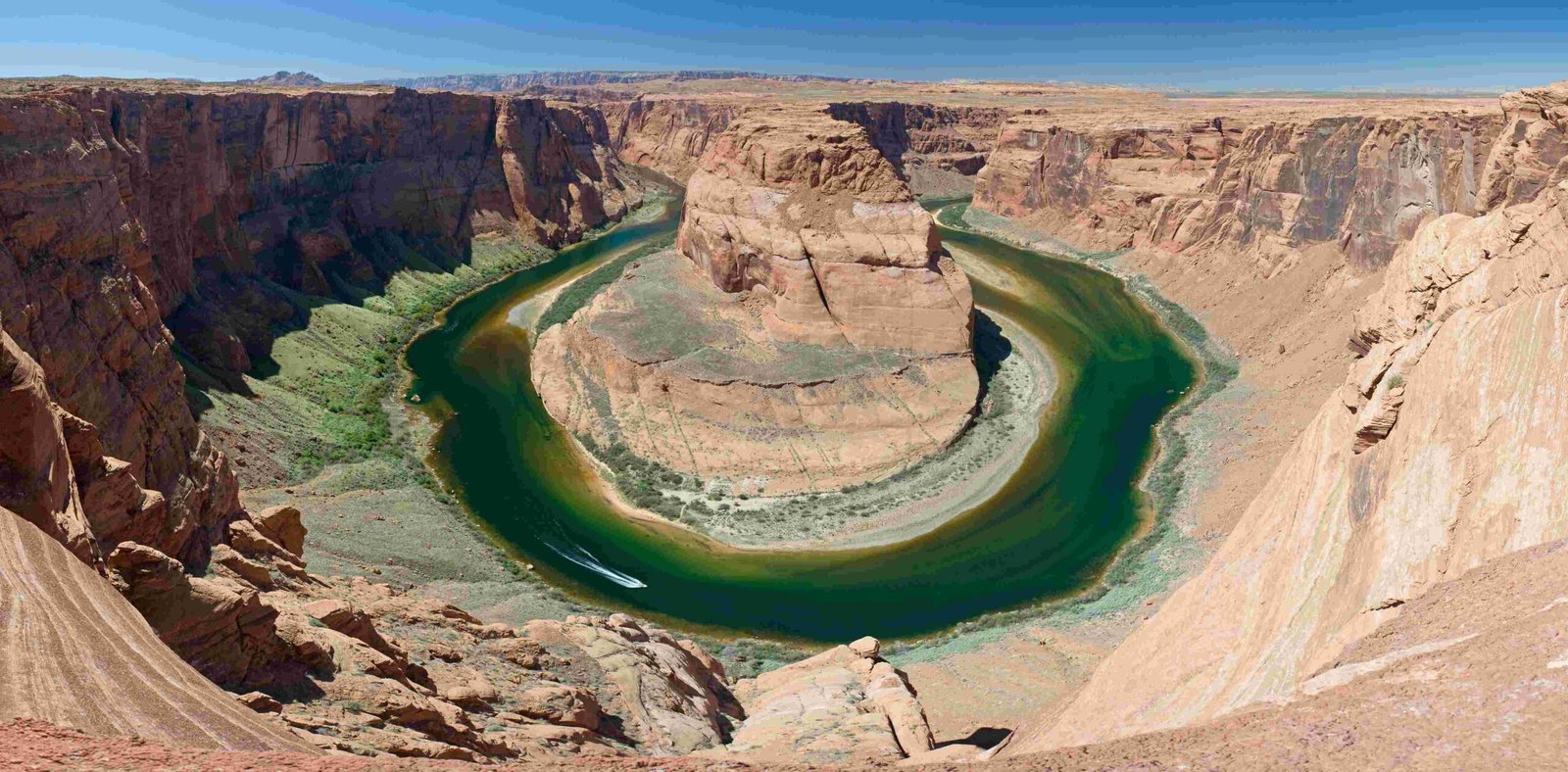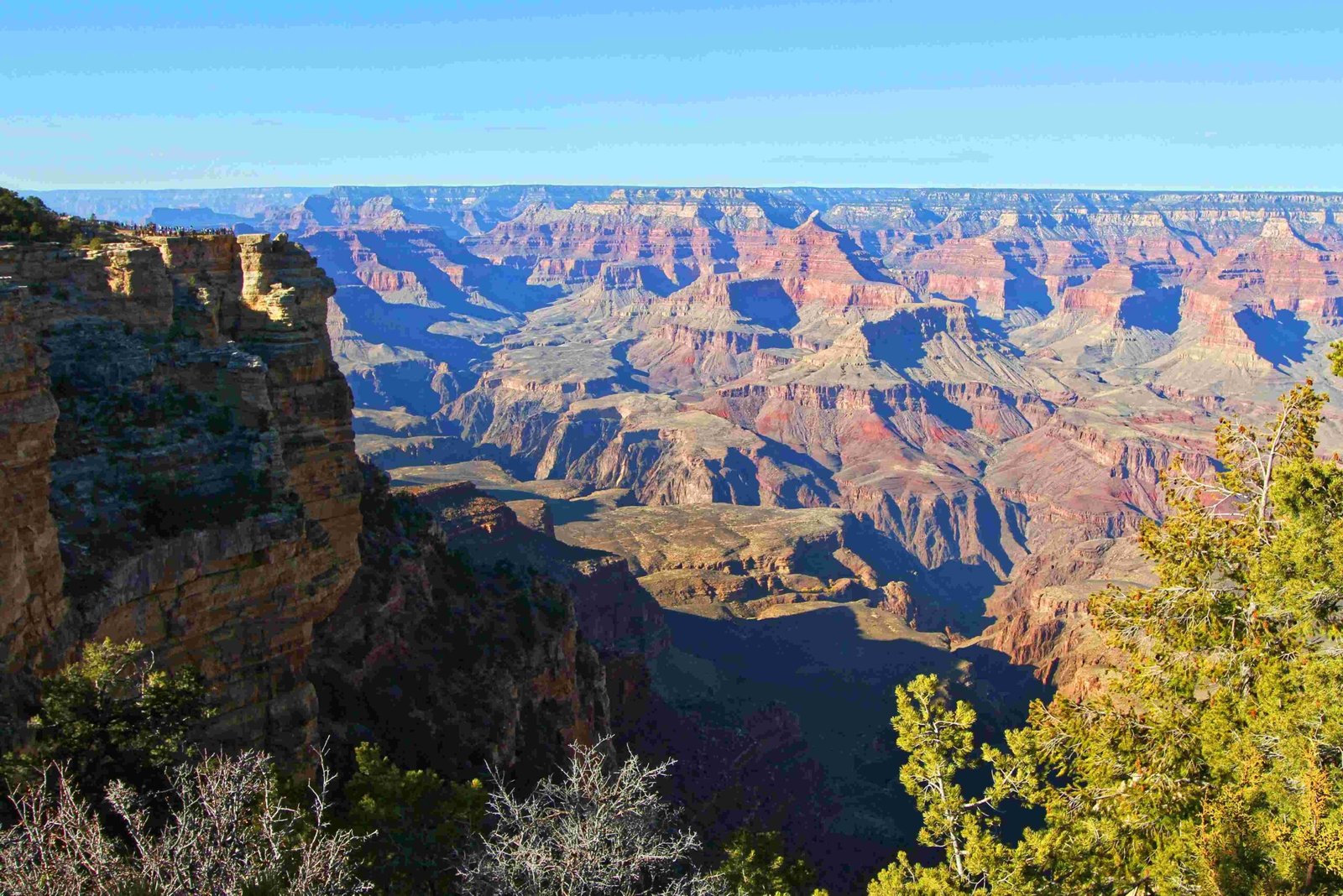Exploring the off road trail to bottom of Grand Canyon requires careful planning, physical endurance, and specialized knowledge. While no direct vehicle access exists to the canyon floor, hikers can navigate two primary trails: South Kaibab and Bright Angel, offering challenging yet breathtaking descents through geological wonders spanning millions of years. These trails provide adventurers a unique opportunity to experience the canyon’s dramatic landscape, diverse ecosystems, and remarkable elevation changes.
What Makes Grand Canyon Trails Unique?

The Grand Canyon’s hiking trails represent more than simple pathways—they are geological time machines revealing Earth’s complex history. Unlike traditional off-road experiences, these trails demand physical preparation, strategic planning, and respect for the challenging terrain.
Who Can Attempt the Grand Canyon Trails?
| Hiker Category | Recommended Trail | Difficulty Level |
|---|---|---|
| Beginner Hikers | Rim Tours | Easy |
| Intermediate Hikers | Bright Angel Trail | Moderate |
| Experienced Hikers | South Kaibab Trail | Strenuous |
| Advanced Adventurers | Rim-to-Rim Expedition | Extreme |
What Are the Primary Trails to Canyon Bottom?

South Kaibab Trail
- Length: 6.5 miles to Phantom Ranch
- Elevation Change: 4,800 feet descent
- Average Hiking Time: 4-6 hours downhill
- Key Landmarks:
- Ooh Aah Point
- Cedar Ridge
- Skeleton Point
- Phantom Ranch
Bright Angel Trail
- Length: 9.5 miles to Phantom Ranch
- Elevation Change: 4,380 feet descent
- Average Hiking Time: 5-7 hours downhill
- Key Landmarks:
- Three-Mile Resthouse
- Indian Garden Campground
- Plateau Point
- Phantom Ranch
How Should Hikers Prepare for Grand Canyon Trails?
Preparation involves multiple critical components:
- Physical Conditioning
- Cardiovascular endurance training
- Strength training for legs and core
-
Practice hiking with loaded backpack
-
Equipment Essentials
- High-quality hiking boots
- Layered clothing
- Hydration system
- Emergency communication device
- Topographical maps
-
First-aid kit
-
Environmental Considerations
- Check seasonal weather patterns
- Understand heat and altitude challenges
- Carry sufficient water and electrolyte supplements
What Are Vehicle Access Limitations?
No motorized vehicles can directly access the Grand Canyon’s bottom. Hikers and mule trains remain the primary transportation methods. Surrounding areas might require:
- 4×4 vehicles
- High clearance
- All-terrain tires
- Specific backcountry permits
Safety Recommendations
- Never hike alone
- Inform park rangers of your route
- Carry emergency communication devices
- Stay hydrated
- Monitor weather conditions
- Know your physical limits
Recommended Seasonal Hiking Windows
| Season | Recommended Hiking Conditions | Challenges |
|---|---|---|
| Spring | Mild temperatures | Potential snow at higher elevations |
| Fall | Stable weather | Limited daylight hours |
| Winter | Less crowded | Extreme cold, potential ice |
| Summer | Extended daylight | Extreme heat, potential dehydration |
Final Trail Insights
The off road trail to bottom of Grand Canyon represents more than a hiking experience—it’s a journey through geological time, challenging personal limits, and connecting with one of nature’s most magnificent landscapes.
Pro Tips
- Start early in the morning
- Pack lightweight, nutrient-dense food
- Use trekking poles for stability
- Take frequent rest breaks
Permits and Regulations
- Backcountry camping permit required
- Limited group sizes
- Leave No Trace principles mandatory
- Advance reservations recommended
Recommended Fitness Level
Hikers should be in excellent physical condition, capable of sustained hiking with significant elevation changes and challenging terrain.
Conclusion
Conquering the Grand Canyon’s trails demands respect, preparation, and an adventurous spirit. While no off-road vehicle can reach the bottom, these hiking routes offer an unparalleled wilderness experience.

